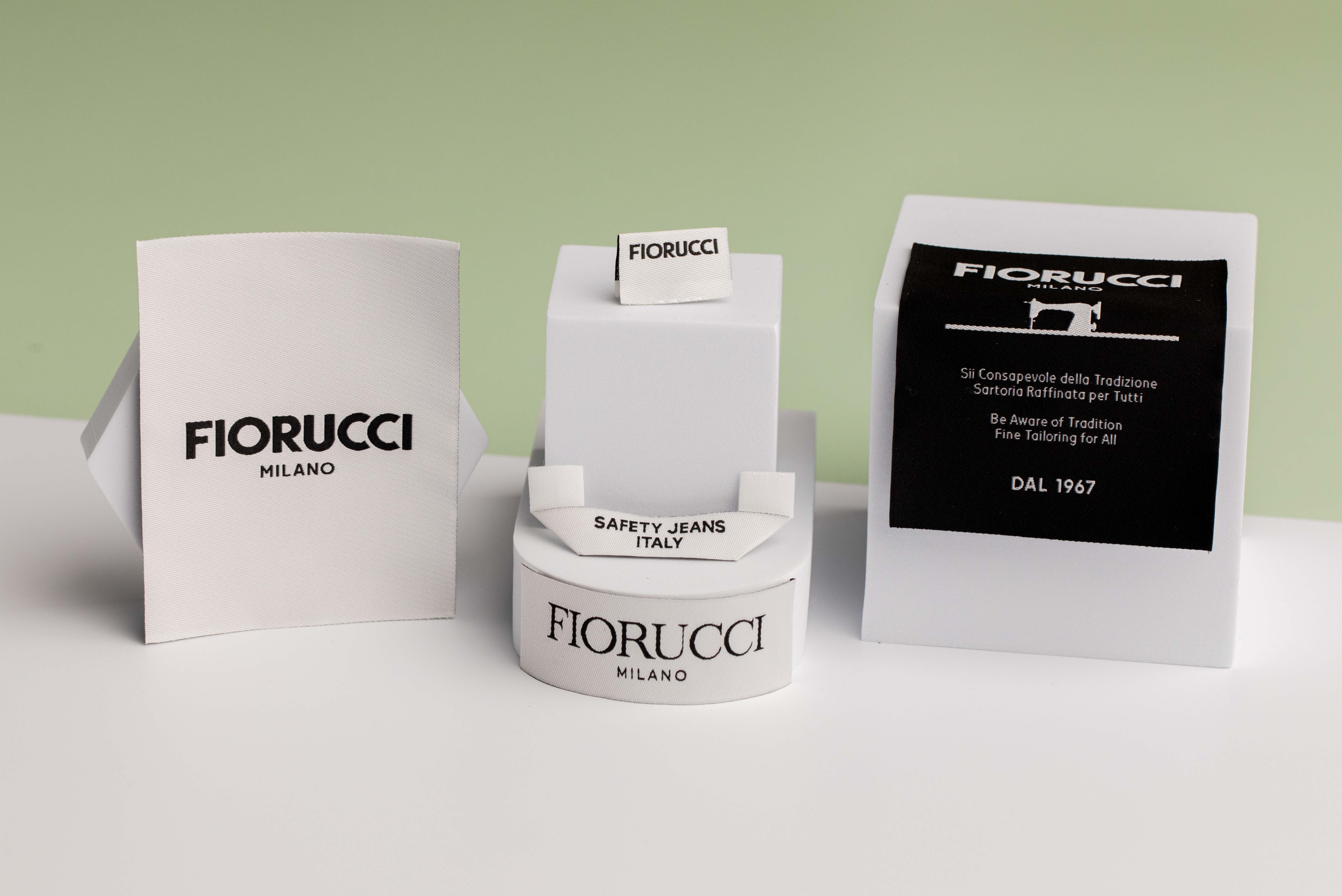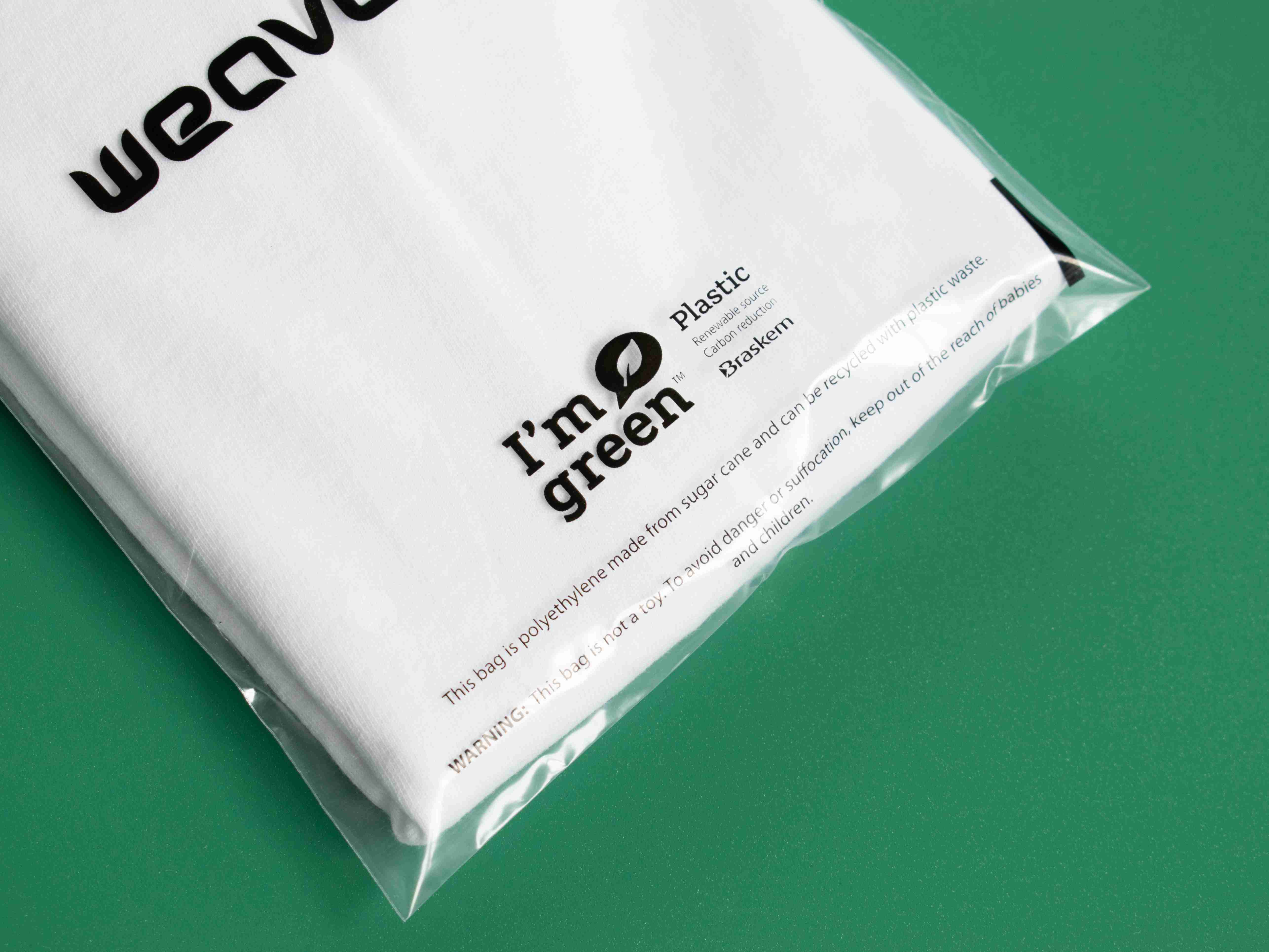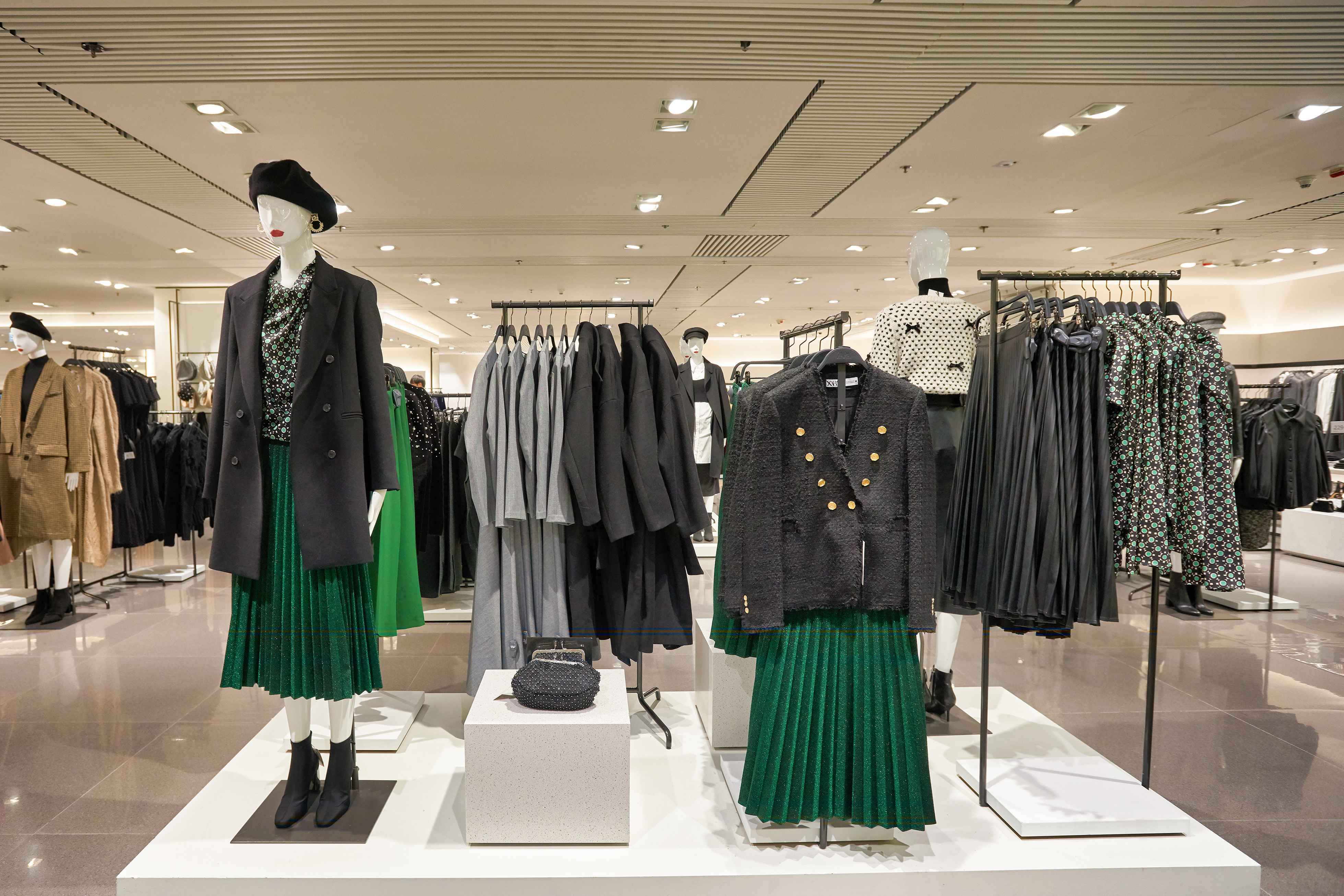Why labelling matters: How to build hype and heritage into your streetwear pieces
Discover how woven labels, patches and swing tags help streetwear brands build hype, heritage and authentic storytelling.

In a culture where details define status, credibility and style, labelling is everything.
For streetwear brands, labels, patches and swing tags are more than key identifiers; they’re actually key touchpoints of brand storytelling. Whether it’s a nostalgic nod to heritage or a bold mark of hype-worthy exclusivity, your labelling choices can elevate a piece from wearable to collectible.
In this blog, we explore how streetwear brands can use labelling to build deeper brand narratives, forge cultural relevance and stand out in a saturated market — all while staying true to their roots.
The rise of storytelling in streetwear
Streetwear has always been about more than just clothes. It’s about attitude, community, rebellion and legacy.
From Supreme's limited drops to Stüssy’s surf-punk beginnings, successful streetwear brands have mastered the art of myth-making. And in today’s landscape (where digital-first consumers crave authenticity), the need to embed your story into every detail is greater than ever.
Your labels, patches and tags are a tactile extension of that story. They’re one of the first things people see, touch and remember.
Woven labels: Small tags, big impact
Woven labels are a streetwear staple and for good reason. These discreet yet powerful details offer a premium look and feel that aligns perfectly with the genre’s mix of luxury and urban grit.
Whether stitched into the neck seam or boldly placed on the hem, woven labels give brands a moment to say something meaningful.
They’re also incredibly versatile. You can:
- Weave in signature fonts or iconography.
- Use jacquard weaves for layered texture.
- Play with colour, edge folding or typography hierarchy.
Brands like Aime Leon Dore and Carhartt often use woven labels to nod to their heritage while staying current. It’s this balance, between the past and the now that makes them such effective storytelling tools.
Patches: Iconic and instantly recognisable
From varsity jackets to cargo pants, patches have long been used in streetwear to create visual punch. But beyond their aesthetic, they hold cultural power. Think of the Stone Island badge — a single patch that signals identity, community and even status.
Embroidered, rubber or woven patches offer a more overt branding opportunity and are ideal for collaborations or capsule collections. They act as wearable emblems, often carrying meaning far beyond their stitched borders.
Want to connect with a subculture? A well-placed patch can serve as your handshake.
Want to build hype? Try limited-run patch designs exclusive to certain drops (scarcity is fuel for desire in the streetwear world).
Swing tags: The unboxing experience begins here
In an era where every purchase gets unboxed and shared online, swing tags are more important than ever. These aren’t just paper price tags, but they’re also part of the ritual.
A well-designed swing tag can:
- Set the tone for your brand story.
- Offer space for a manifesto, mission or artist statement.
- Introduce the product's inspiration or sustainability credentials.
- Elevate the perceived value of the garment.
Some brands even incorporate tech (i.e. NFC chips or QR codes) that take the customer directly to a behind-the-scenes video or community event page.
This is where you invite your customer into your world and show them they’re buying more than a hoodie. They’re buying into a movement.
Labels that speak your values
It’s not just what you say through your labels, but how you say it. As the streetwear audience becomes increasingly eco-conscious, your choice of materials and production processes matters.
Consider:
- Recycled polyester threads for woven labels.
- Organic cotton or hemp base materials.
- FSC-certified papers for swing tags.
- Soy-based inks for prints.
- Minimal packaging to reduce waste.
As well as being good choices for the planet, they represent strong branding elements in themselves. Streetwear is rooted in social commentary and cultural awareness. So, using sustainable labelling reflects a brand that’s paying attention.
Limited runs. Custom finishes. Maximum impact.
Scarcity and individuality drive streetwear. Labels that feel mass-produced can cheapen the overall impression. But by offering limited-edition trims (like seasonal colourways, foil finishes or 3D embroidered elements), you reinforce exclusivity.
Even batch-specific numbering or hidden messages on swing tags can make each piece feel collectible.
Custom labelling also adds value in the resale market, where authenticity is everything. Clear, unique, high-quality labels make your pieces easier to verify, adding longevity and desirability to your brand.
The Aries Arise story
British streetwear brand Aries Arise is a prime example of label-led storytelling.
With a focus on subversive aesthetics and anti-fashion statements, its woven labels and patches are anything but standard. Bold typography, unexpected placements and culturally resonant iconography turn each garment into a talking point.
Working with Weavabel, Aries Arise has crafted branding components that reflect both the raw energy of streetwear and the refined quality of a designer label. Its story is stitched into every seam.
Your labels are talking. What are they saying?
In the fast-paced world of streetwear, attention is currency. The details you choose, from the edge of a woven label to the weight of a swing tag and the shape of a patch, all speak volumes about your brand’s vision, values and voice.
And when done right, they don’t just complete a garment. They define it.
At Weavabel, we help you tell your story through sustainable, custom branding components made for modern streetwear. From bespoke woven labels to iconic patches and hype-building swing tags, our solutions are designed to capture attention and, more importantly, keep it.
Start your next streetwear drop with smarter labelling today.










.png?width=400&height=200&name=unnamed%20(4).png)